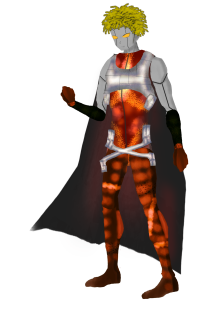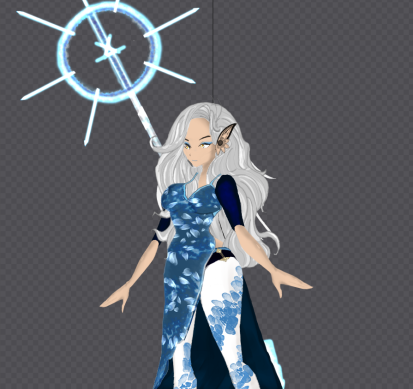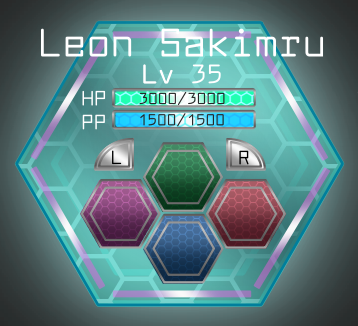I know I keep saying this over and over again (in different ways) but I’m inching ever closer to a playable demo of Astraverse.
This time, though, I feel like I say that with good reason. After programming the logic for the in-game shields, I’m beginning to reach the point where all of the core-player functions/features are complete.
And that was a small achievement in comparison to the following:
The Narrative Adventure system!!!

Yep! The Choose your own adventure events are also done and are COMPLETELY ready for the storytelling needs of the demo!
So I figured it would be a good time to explain how these were going to actually be implemented into the game.

Now, I know that graph up there looks like a hot mess (lol) but I promise that it’s an “organized mess,” ha ha! I can assure that it explains the gameplay flow/loop very well.
See, whenever a party is formed, they will either choose a quest that will bring them to a series of short stages that represent a planet (or more) or they will be able to choose to just go to a planet to adventure on.
In-between each stage/area, there will be an event that plays out just like the one above and the way each event plays out will have an effect on the path that’s taken during each adventure–meaning the subsequent stages will be different depending on the party’s decisions/experiences.
For example, say you’re in this stage below:

Once you (and whoever you’re teamed up with) reaches the end of the area one of those events will pop up. Depending on the circumstances, the event can either be random or part of an overarching narrative that’s part of the current adventure.
Just like that chart up there shows, the CYOA events will chain together the gameplay loop, making it feel more like a choice driven adventure with a story rather than just a series of side scrolling beat em up stages. Rather than feel like a linear progression, there will be branching paths and even story points that will give each player their own unique experience.
So, now that I have the narrative event system in place, what’s next? How close are we to an actual demo?
Here’s what’s left to put in the game before we can see a playable demo:
- more loot (at least 5 – 10 per weapon type/armor)
- equipment shops with randomized loot
- at least 2 more basic monster types
- 2 or 3 more backgrounds
- the first boss
- party defeat system
- the demo’s questline
- the 2nd, 3rd and 4th player
That’s literally it! And while it seems like a long list of errands, it’s not as bad as it looks as some of those things such as the loot, backgrounds and other players are already partially implemented and just need to be finalized so that they are functioning properly and playable.
Also, because of the method of programming I’ve used up to this point, once the demo is playable, more content will be made much faster as the core systems of the game will already be functioning and it will just be a matter of taking player feedback and polishing stuff up!










